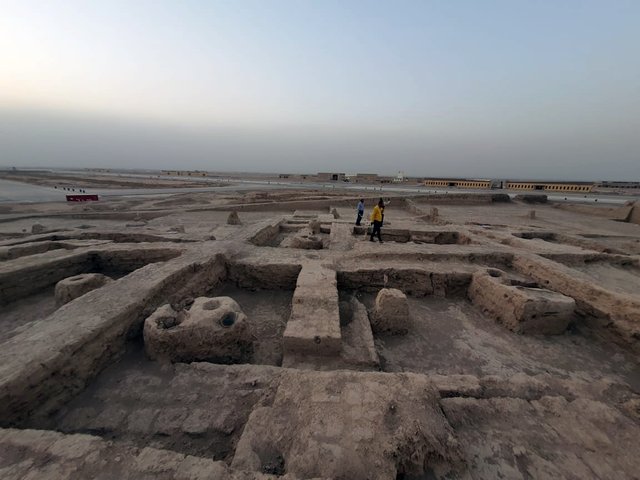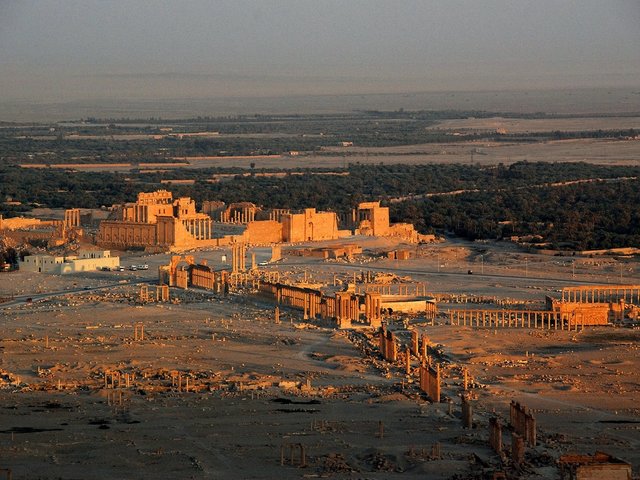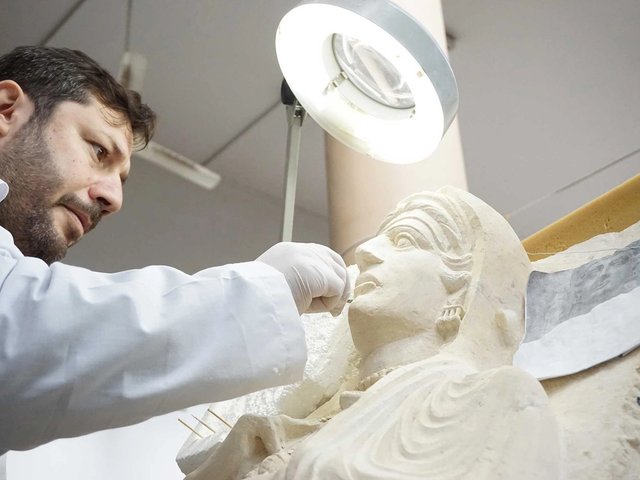For the past ten years, thousands of archaeological artefacts have been hidden in the basement of a nondescript building in Rmelan, a Kurdish town in north-east Syria. The vases, figurines, and beads survived millennia underground—and in a rare good news story for cultural heritage, have now also survived the past decade of attacks from Isis, the Syrian Civil War, and rampant smuggling in the region.
When Isis began moving into northeast Syria in the summer of 2015, archaeologists grew concerned about the artefacts that were exposed in nearby excavations and dig-houses. They began packing them into plastic storage boxes, loading them onto trucks, and moving them to safety.
Over the next few years, 7,400 artefacts were smuggled into Rmelan from dozens of dig sites. The items have now come to light—literally—as the heritage NGOs responsible for Rmelan believe the security situation has stabilised enough for them to be transferred to local museums.
“These are pieces from the eighth millennium to the second millennium BC,” says Amer Ahmad, a Syrian-Kurdish archaeologist who helped save the objects. “They belong to all the civilisations that have been in our region: from the prehistoric period to the Hurrian, Mitannian, Assyrian, even the Islamic period.”
Strategic placement
Ahmad and his colleagues chose the site in Rmelan largely because of its location: the town was far enough away from both the front lines of the war with Isis and the Syrian Turkish border, and close to a US military base that they hoped would protect it from any Turkish incursions. The Syrian Democratic Forces, the Kurdish-led coalition that was fighting Isis, protected the archaeologists as they filled the boxes, and shadowed their convoys as they travelled to Rmelan. They later helped to guard the site, though they kept a low profile to avoid attention being called to the building.
Once the items were securely inside, new problems emerged: the humidity levels underground were far too high for the earthenware objects, and an unreliable sewage system put the artefacts in another form of danger. The basement rooms were also running out of space, with boxes stacked up on one another, creating the constant worry that the containers would collapse and crush the contents inside.
The local NGO Orient Association partnered with the Geneva-based NGO Fight for Humanity, and in 2019 they applied to the cultural heritage funder Aliph, who provided money to install ventilators, conduct building repairs, and—crucially—install metal shelving. Fight for Humanity also led training to shift local attitudes towards cultural heritage, and hope to use the success of Rmelan, once they raise funds to exhibit the work, to promote social cohesion in the area.
Rmelan was one of several attempts made to safeguard artefacts in Syria at the time. One of the country’s largest cultural losses is the Raqqa Museum, once a leading collection of Mesopotamian artefacts. As Isis approached Raqqa, archaeologists and museum curators there moved what they could from the museum to a warehouse in Heracla, on the outskirts of the city. But this warehouse was ransacked by armed groups—some believe in collusion with the local population—and the collection has now almost entirely disappeared.
Ongoing threat of looting
The threat of looting hung over Rmelan throughout the decade. Conservators separated out more significant items such as human and animal figurines, beads, vases, coins and arrowheads from less valuable items, such as potsherds and animal bones. These latter objects were transferred to a second warehouse, and at Rmelan they began inventorying the remaining artefacts.
Because of the number and variety of archaeological sites that the items came from—including Tell Seker al-Aheimar, from the eighth millennium BC; Tell Halaf, from the fifth millennium BC; Tell Chuera, from the third millennium BC; and Tell Arbid, from the second millennium BC—a key challenge was ensuring that the proper documentation from the original site remained with each object. The artefacts were all photographed, measured and classified, in part because many feared they would be lost. Once the inventory was made, conservators then began restoring the objects, some of which had been damaged because of the humidity.
“I did not know what would happen, or whether to be pessimistic or optimistic,” Ahmad says. “My only concern was how to protect these artefacts. It was our obligation, to protect our heritage, to protect the archaeological sites in our region. We tried to do our best. And I think we did.”





